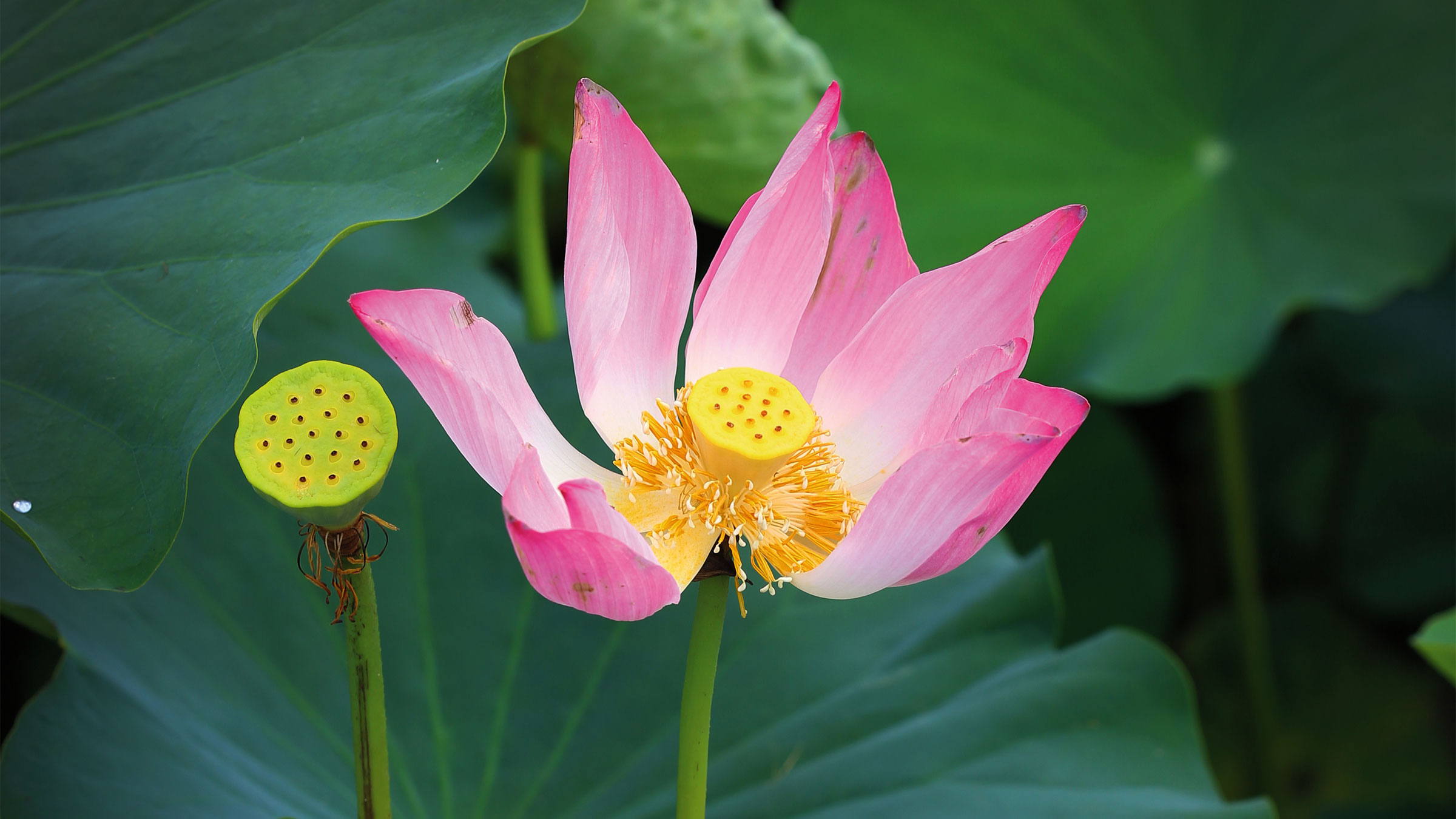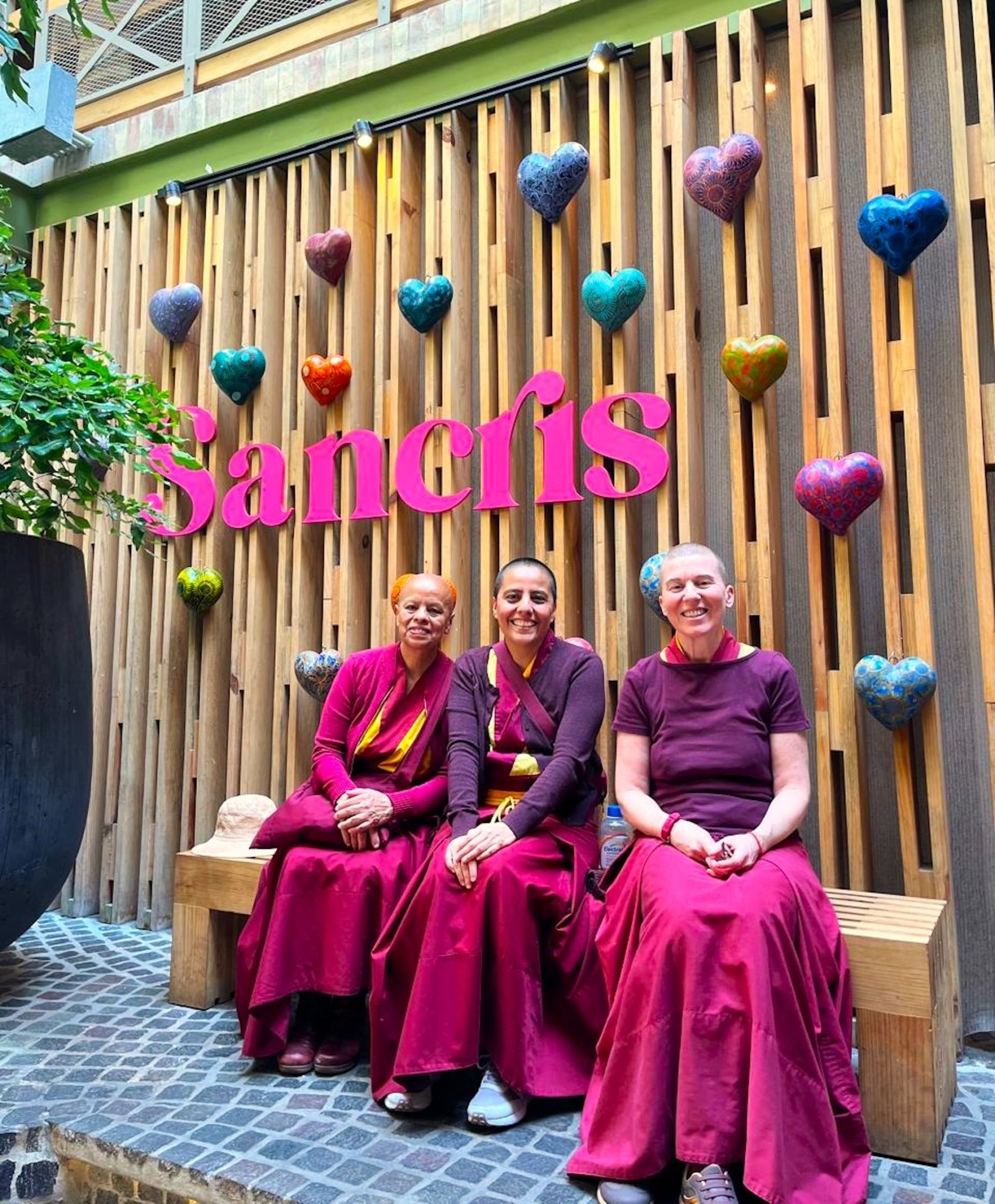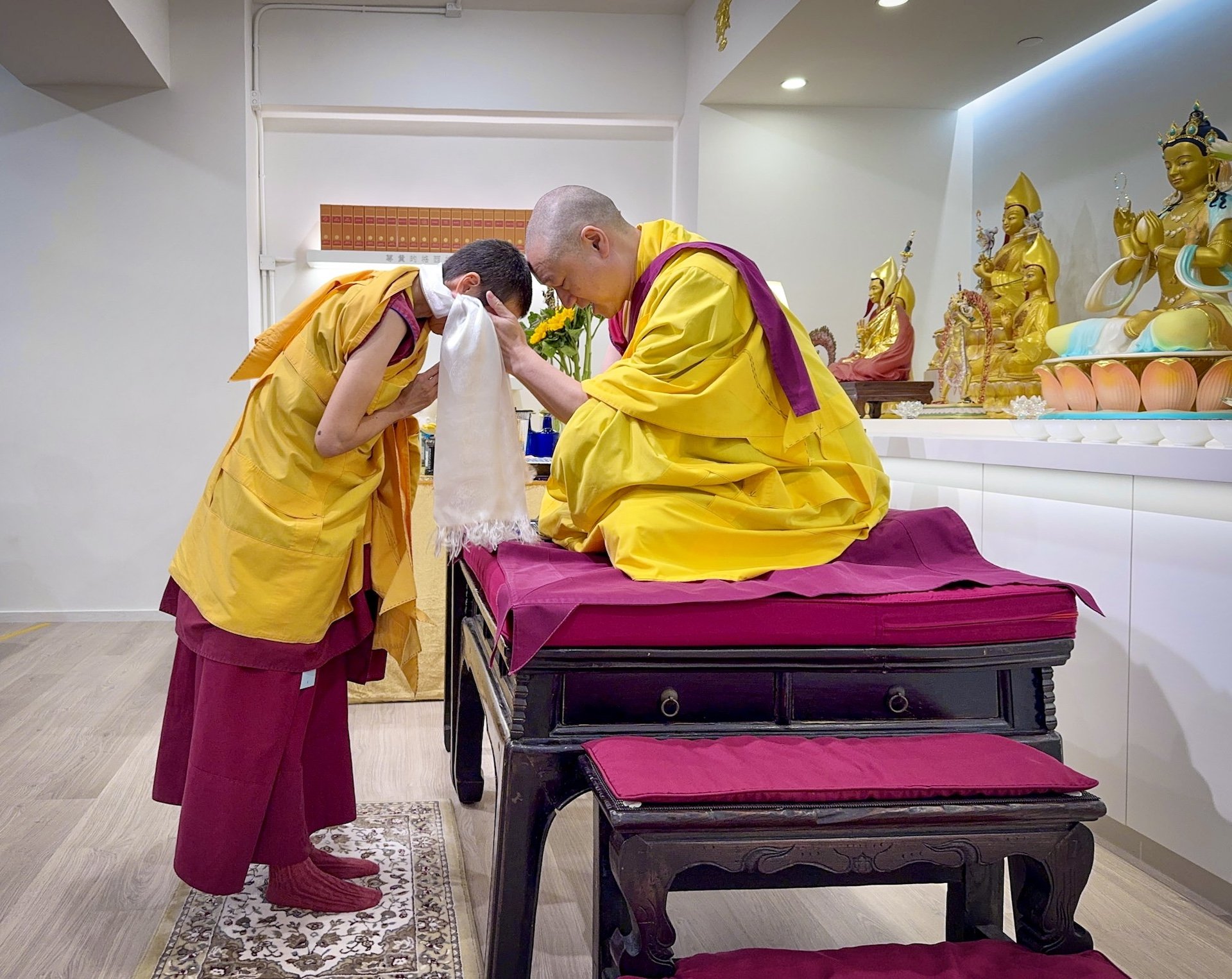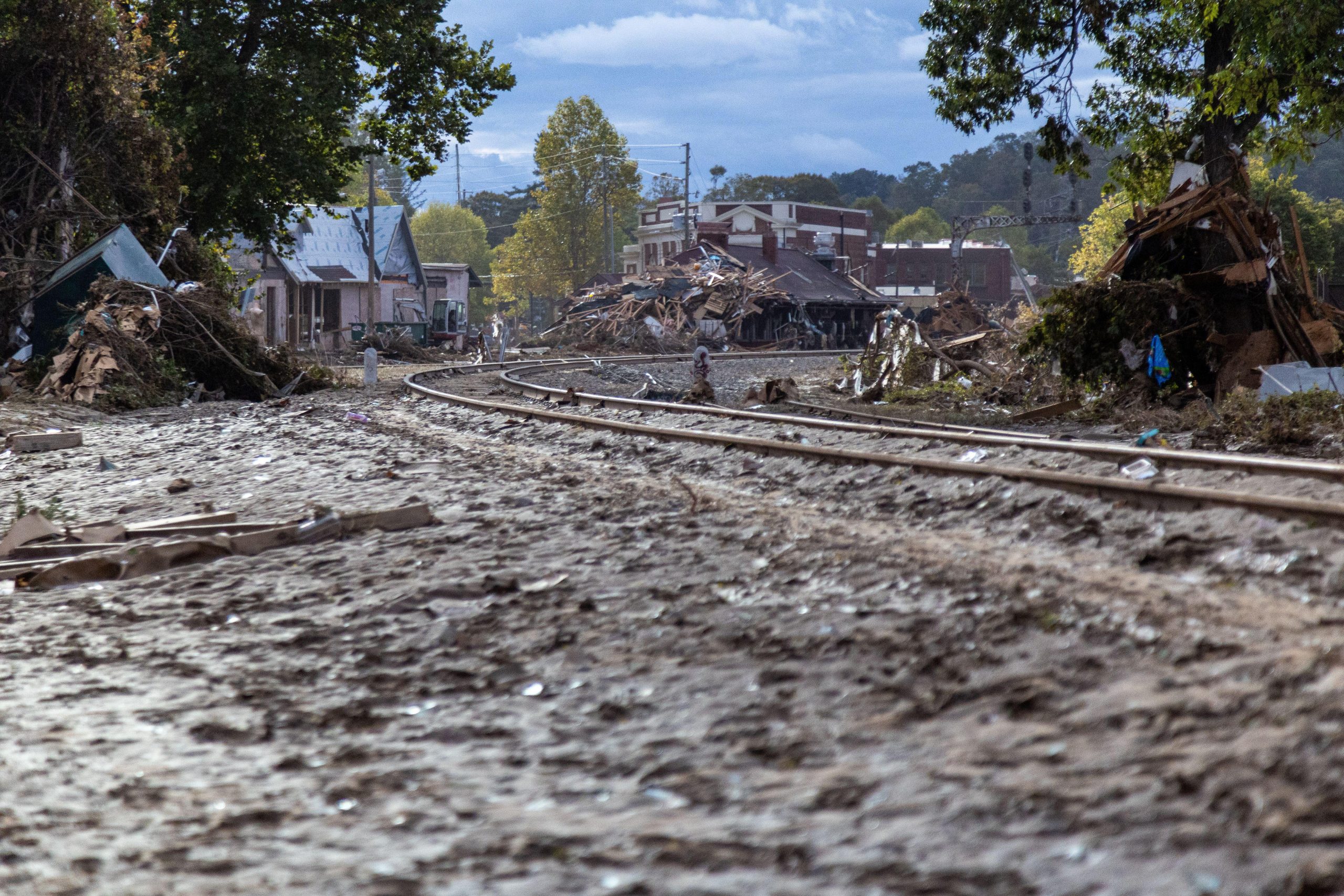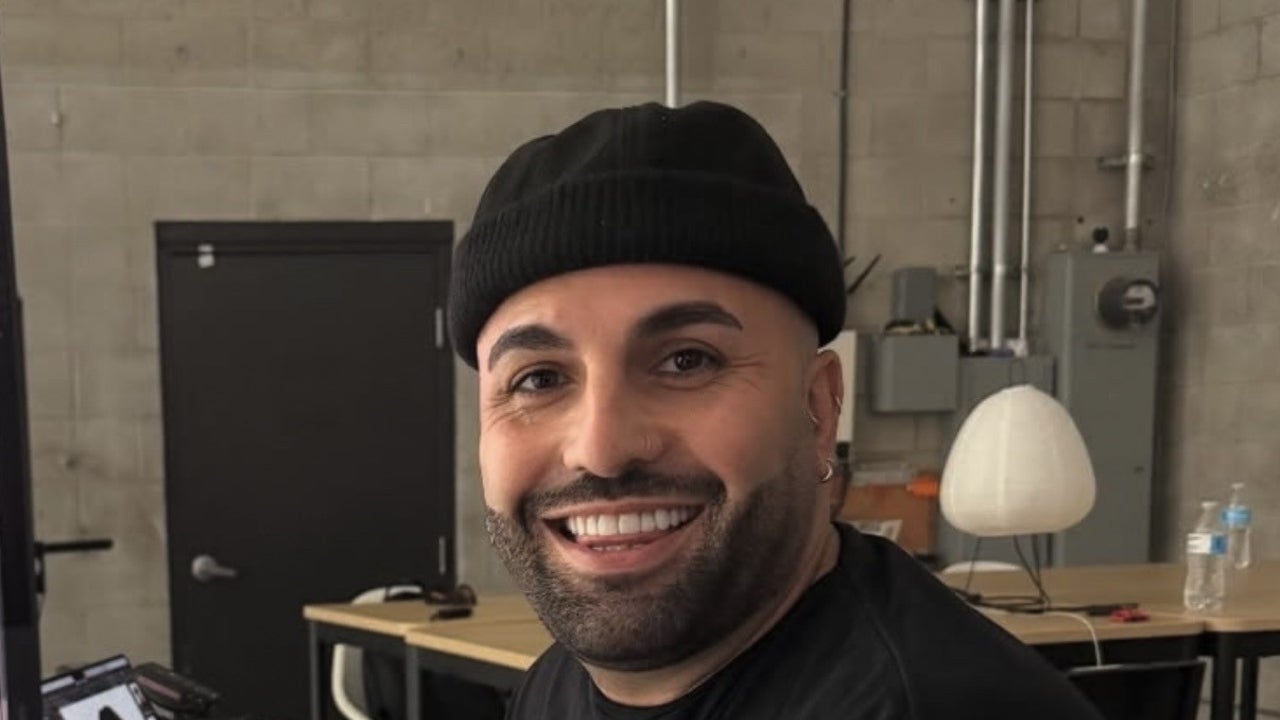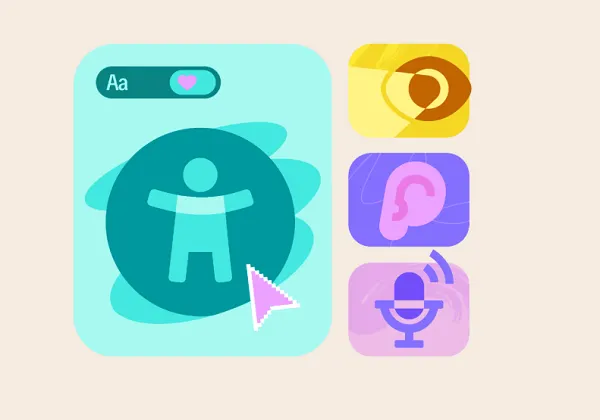7 Types of Rest You Might Be Missing
You went to bed at a reasonable hour and slept for seven, maybe eight, solid cycles. And yet, as you swing your feet to the floor, a familiar fog hangs over you. The fatigue feels deeper than bone; it’s...


You went to bed at a reasonable hour and slept for seven, maybe eight, solid cycles. And yet, as you swing your feet to the floor, a familiar fog hangs over you.
The fatigue feels deeper than bone; it’s a heaviness that coffee can’t lift, a static in your mind that makes focus feel like a distant memory. You did everything you were supposed to do, so why are you still so tired?
We operate under a dangerous assumption in our culture: that rest is the same as sleep. We believe that a full night’s slumber is the master reset button for all our weariness. But what if our exhaustion is more nuanced than that?
True, deep restoration requires that we diagnose the specific type of deficit we’re experiencing. Often, the reason we feel chronically tired is not that we are lazy, but that we are trying to solve a creative drain with physical sleep, or an emotional exhaustion with a weekend nap. It’s a mismatch that leaves the core of our fatigue untouched.
Physical Rest
This is the one we know best, but we often overlook its active form. Passive physical rest includes sleep and napping, which are essential. But active physical rest—activities like yoga, stretching, or massage—is what helps improve circulation and flexibility, actively repairing the body from the inside out.
Mental Rest
This is the remedy for the brain that won’t power down. It’s for anyone who lies in bed replaying a conversation from six hours ago. The antidote is to build deliberate brakes into your day. Schedule short breaks between meetings to stare out the window. Keep a notepad by your bed to download your swirling thoughts before sleep. You are giving your brain permission to stop processing.
Sensory Rest
We live in a world of sensory assault. The ping of a notification, the glare of a screen, the hum of traffic—it all adds up. Sensory rest is about creating pockets of pure quiet. It can be as simple as closing your eyes for a minute, eating a meal without a screen, or taking a walk without headphones. The goal is to give your nervous system a reprieve.
Creative Rest
Are you feeling stuck, unable to solve problems or generate new ideas? You’re likely deficient in creative rest. This type of rest isn’t about stopping creation; it’s about replenishing the well of inspiration.
Leonardo da Vinci understood this need for deliberate distance centuries ago. He advised, “Every now and then go away, have a little relaxation, for when you come back to your work your judgment will be surer. Go some distance away because then the work appears smaller and more of it can be taken in at a glance and a lack of harmony and proportion is more readily seen.”
This is the essence of creative rest. It is allowing yourself to be a consumer of beauty. Go for a walk in nature. Seek out experiences that fill you with awe. This is the essential fuel for your inner innovator.
Emotional Rest
Perhaps the most insidious drain is the need for emotional rest. This occurs when you have to constantly monitor and manage your emotional output.
It’s the fatigue of people-pleasing, of wearing a mask of perpetual agreeability. Emotional rest requires a safe space where you can be your authentic self without editing your feelings. This might mean therapy, or a conversation with a trusted friend where you don’t sugarcoat your reality.
Social Rest
Closely related to emotional rest is social rest. Ask yourself this: after spending time with certain people, do you feel energized or depleted? Social rest is about differentiating between relationships that drain you and those that fill you back up.
To counter social fatigue, you must actively seek out the people with whom you feel truly seen and heard, the connections where you don’t have to perform.
Spiritual Rest
Finally, there is spiritual rest. This is the fatigue of feeling disconnected, of going through the motions without a sense of purpose or belonging. It’s a deep, soul-level ache.
To address this, you need to connect to something far larger than yourself. This could be through church, volunteer work, meditation, nature, or other types of faith communities. It’s the profound peace that comes from knowing you are a significant part of a grand whole.
Rest is not a single-item checklist. It is a holistic, ongoing practice of tuning into your own needs. By understanding these seven types of rest, you move from a generic cure for tiredness to a precise prescription for a truly restored life.
You stop fighting your fatigue and start understanding it. And in that understanding, you find the quiet, powerful energy to build a life that feels deeply peaceful on the inside.

 Troov
Troov 








